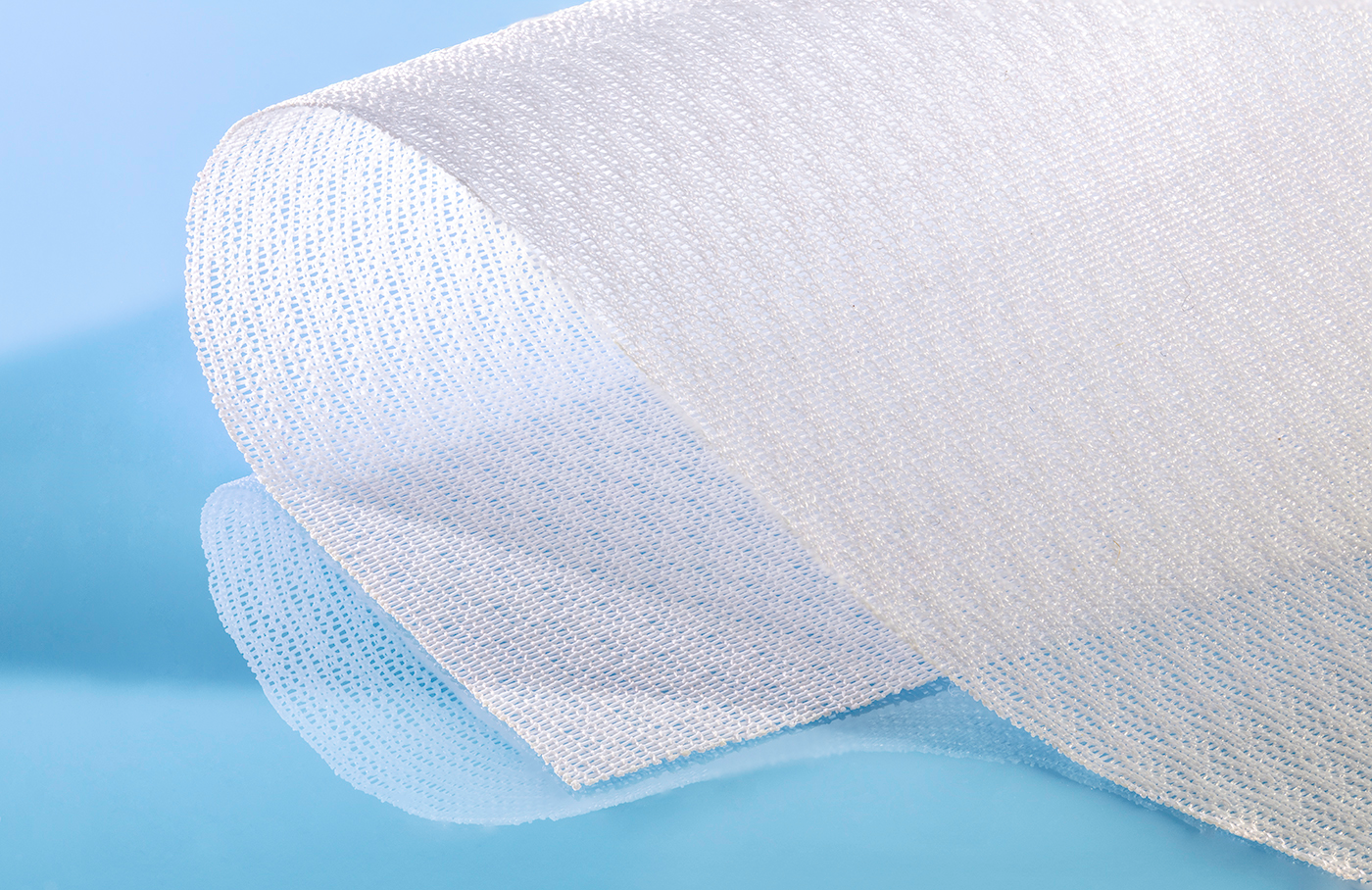28 Sep A Team Effort to Prototype and Manufacture Surgical Masks Amid COVID-19 PPE Shortage
As hospitals and health care facilities across the country and the world felt the catastrophic strain caused by the global COVID-19 pandemic, the team at Cortland Biomedical wondered how we could help. We were hearing about the mass shortages of personal protective equipment (PPE) for health care providers on the...










